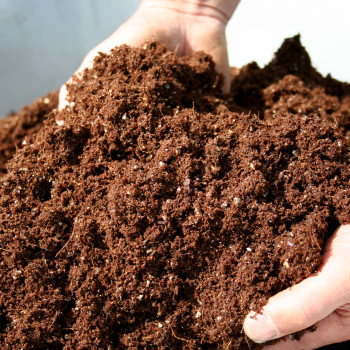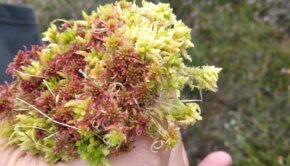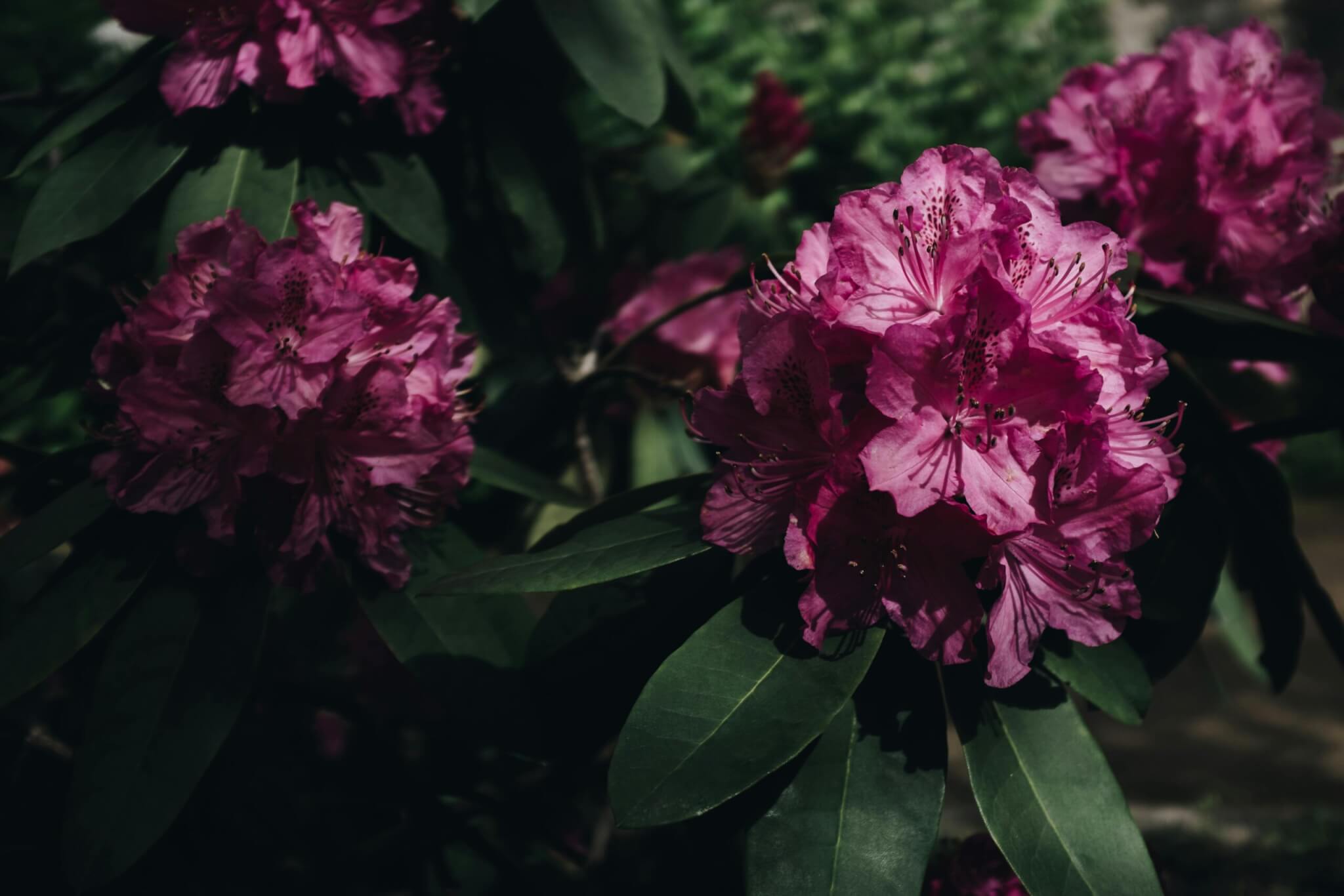Horticultural peat crisis ‘has impacted environment, employment, economy’

Groups representing the Irish horticulture sector last week presented an Oireachtas committee with recommendations to ensure sufficient supply of Irish horticultural peat
20 October 2022
Groups representing the Irish horticulture sector last week presented an Oireachtas committee with recommendations to ensure sufficient supply of Irish horticultural peat.
On 12 October, representatives of Growing Media Ireland (GMI), the Commercial Mushroom Producers Co-Operative Society Limited (CMP), and Kildare Growers Group discussed the ongoing crisis in the sector with the Committee on Agriculture, Food, and the Marine.
Addressing the committee, GMI chairperson John Neenan said the crisis in the horticultural peat sector has impacted the environment, employment and the economy. He therefore recommended two steps to ensure sufficient supply of Irish horticultural peat to the market.
“1: Sub-30 hectares peatland must be treated as an individual bog and not be aggregated with other areas in the same ownership. This would allow the County Councils to grant Section 5 exemptions.
“2: Where an already existing bog production site exceeds 30 hectares, a sub-30 hectares area should be permitted for harvesting horticultural peat, provided the remainder of the area is appropriately isolated and set aside for rehabilitation and restoration or another environmentally acceptable activity.”
The presented recommendations would not require the opening of any new bogs as they said there are sufficient areas available to supply the Irish horticultural market. “This solution requires just an estimated 1,500 ha, less than 0.1% of Irish peatlands to provide the Irish Horticultural sector with the vital supplies it requires.”
Neenan also said the solution “would result in limited greenhouse gas emissions, only 0.15% of Ireland’s overall greenhouse gas emissions. The long-term result will be no large-scale horticultural peat harvesting in Ireland.”
Following a High Court ruling in September 2019, harvesting of horticultural peat from bogs greater than 30 hectares now requires a complex, multi-stage licensing and planning regime, unlike the single-stage systems in EU States. As a result, horticultural peat harvesting has all but ceased and Irish peat supplies are all but exhausted.
“Despite significant research into alternatives – by GMI members – there are none that can replace horticultural peat in appropriate quality, quantity, or cost. This has left the industry with only one solution – importing peat,” said Neenan. “The Programme for Government commits to expanding, supporting, and growing the horticultural sector but this is impossible without first addressing the horticultural peat crisis.
“When we were last in front of the Committee, we warned that if action was not taken, Ireland would be reliant on imported peat of inferior quality, uncertain supply and negative environmental consequences. This has now been realised; horticultural growers now depend on imported peat.”
In the last year, several large shipments of peat for horticulture have been imported from the Baltic states. Meanwhile, the Russian invasion of Ukraine made the already vulnerable supply of peat even more unstable.
Neenan concluded: “The crisis in the horticultural sector has not gone away, and, without appropriate government action, we will lose our indigenous Irish horticultural sector.”
Further, the CEO of CMP, Orla Mc Manus said the mushroom sector uses a fraction of the total harvested peat in Ireland. “Using 2019 numbers, the mushroom industry represented only 0.5% of all peat extracted on the Island,” and added that the mushroom sector requires only 15ha of the total 1,500ha area needed for sustainable extraction per annum.



 Print
Print










Fans 0
Followers